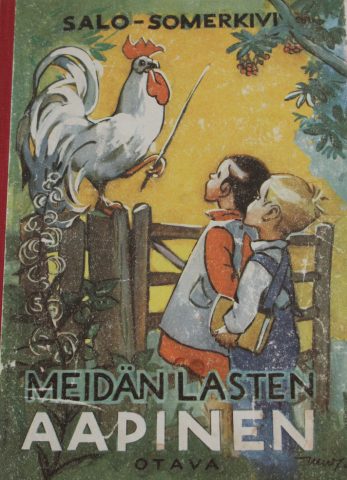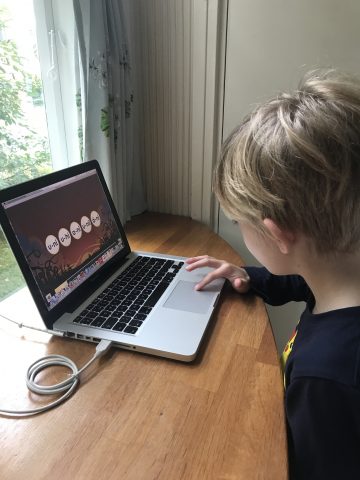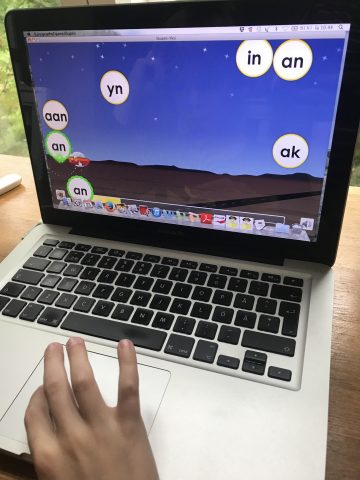If the ABC rooster doesn’t lay an egg? – The difficulties in learning to read
On the covers of Finnish ABC books, reading books, used to be a rooster with a raised pointer stick in his leg. The rooster symbolized learning, wisdom and hard work. The ABC rooster was a very strange creature. Even though it was a rooster, it knew how to lay! If a child learned to read, the rooster laid a coin or a caramel. If the reading didn’t go, the rooster didn’t lay anything.

Finnish children are good readers. In the PIRLS Study (Progress in International Reading Literacy Study) 2016, Finland ranked fifth with 566 points among the 50 participating countries. Compared to the 2011 study, the ranking dropped down three places, but the score differed only 2 points. In other words, the literacy rate of Finnish children is excellent and has remained at the 2011 level.
Finnish language differs from many other languages due to the regularity of the writing system. This regularity is an advantage in learning to read: it’s easy to learn to match the letter–sound correspondences as the same letter is always read in the same way. When arriving in school at the age of 7, Finnish children know on average 16 letters out of 23, and approximately one third of children are able to read. At the end of the first grade (age 7–8), almost all pupils know the skill of accurate reading.
Of course, in Finland we have also children who have difficulties in learning to read. The difficulty of reading (dyslexia) is spoken when a child has participated in normal basic education but has not learned reading at the end of the second grade (pupils are then 8–9 years old). From 5 to 10 percent of each age group has difficulties in learning to read. So that isn’t very rare problem; a child with reading difficulties can be found in most classes.
Learning is largely based on a written language, and reading. Dyslexia has sometimes long-term and wide-ranging effects on the individual’s life. Support provided as early as possible is the most effective way to prevent further challenges. The role of a class teacher and a special education teacher is central to finding the student’s reading difficulties.
Teachers monitor closely the development of children’s reading skills. Special education teachers have tools to identify the problems of learning and can provide additional support for children with these problems. Discussing with the family aims to find ways to support the development of the child’s skills both at school and at home. Monitoring of development and support targeted at problems are sufficient for most children. Further studies are needed if there are concerns about other developmental problems or wider linguistic difficulties. Additional studies are usually done by the psychologists of the school, family counseling center or health center. The aim is to gain a better understanding of the means of individual support and other educational solutions. In Finland all these studies and care are free of charge for families.
In Finland the University of Jyväskylä has conducted studies on the difficulties of reading and writing. There also has been developed a game called GraphoLearn https://info.grapholearn.com/. It helps children to learn letter–sound correspondences. Through a series of levels, gradually, the child is able to construct these letters into small words, then larger words, and short sentences.
Reference: http://www.lukimat.fi/lukeminen/tietopalvelu (in Finnish)


